8-DAY MACHU PICCHU AND CHOQUEQUIRAO TOUR
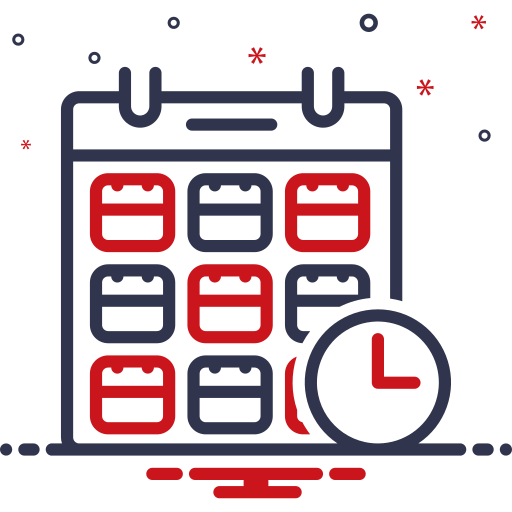
Duration
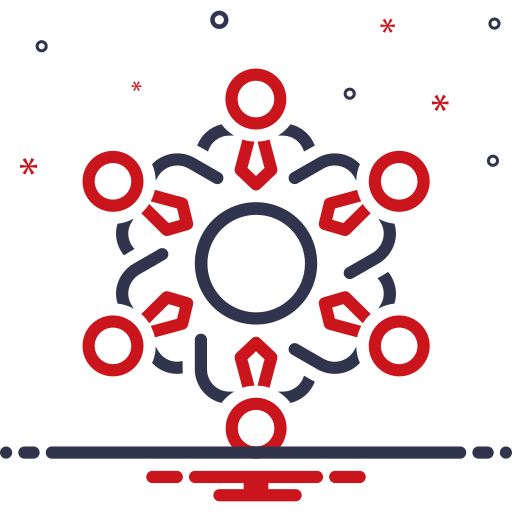
Group Size
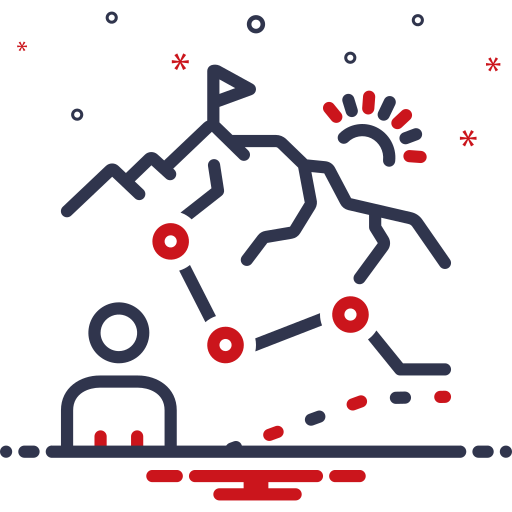
Altitude Max
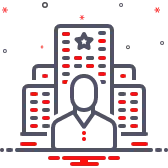
Accomodation
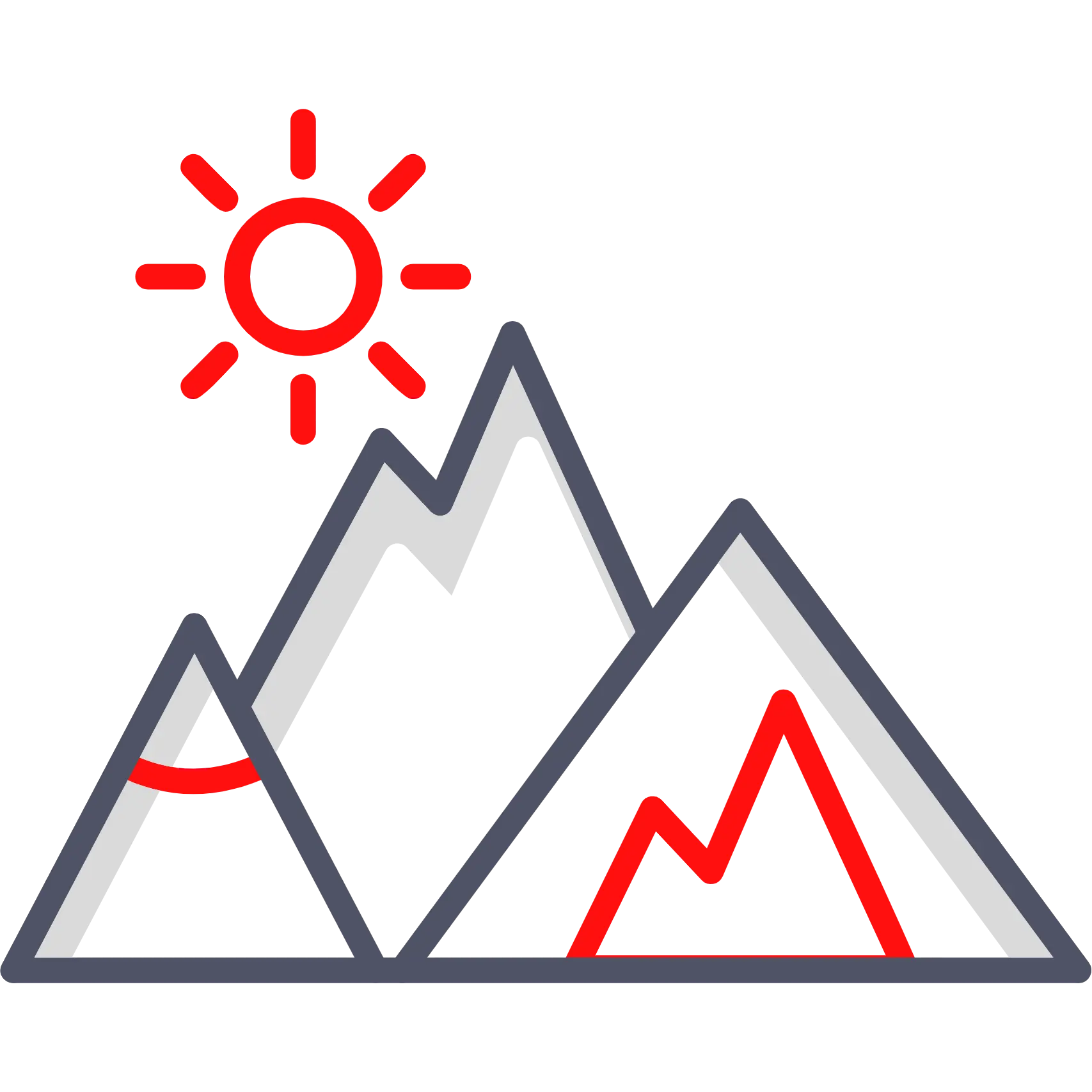
Difficulty
Experience the wonders and beauties among the trail towards Choquequirao and Machu Picchu. This 8-day choquequirao trek tour allows you to explore ancient ruins, hike through breathtaking landscapes, and immerse yourself in the rich culture of Peru. Don’t miss out on this unforgettable 8-day choquequirao tour – book your spot today.
Brief Itinerary:
- Day 01: Cusco – Cachora – Coca Masana – Rosalina Beach
- Day 02: Rosalina Beach – Choquequirao
- Day 03: Choquequirao – Maizal
- Day 04: Maizal – Yanama
- Day 05: Yanama – Totora
- Day o6: Totora – Beach
- Day 07: Sahuayaco Beach – Aguas Calientes
- Day 08: Machu Picchu – Cusco
Itinerary
Day 01: Cusco – Cachora – Coca Masana – Rosalina Beach
To start with our 8-Day Machu Picchu and Choquequirao Tour very early in the morning we will pick you up at your hotel in our private mobility to transfer you to the town of San Pedro de Cachora for a period of 4 hours.
On the way we will make a stop to enjoy our breakfast and admire the wonderful and admirable canyon of Limatambo and the amazing snow of the Apu Salkantay, then we will continue with the trip to Cachora where our travel team, horses, muleteers and equipment will wait for us porters who will be responsible for carrying all our camping equipment and the necessary food for the entire trip. Once ready we start with our excursion we will walk about 3 hours to Capuliyoc (2,915 m / 9,564 ft), where we will have the first beautiful views of the Apurimac valley where we can see the mountains of Padreyoc and Wayna Cachora covered with snow in the distance.
Later we descend to Cocamasana located at 2,330 m / 7,664 ft. where the weather becomes significantly hotter and the flora and fauna begin to change, it is necessary to carry a mosquito repellent. Finally we will arrive at Playa Rosalina at 1,550 m / 5,085 ft which is located next to the Apurímac river in this place will be our camp where we will spend the first night.
Day 02: Rosalina Riverside – Choquequirao
This day is considered one of the most demanding during the choquequirao trek tour. Early after a strengthening breakfast we will begin to climb a steep zigzagging path with an approximate duration of 5 hours to Raqaypata continuous to the Chunchullumayo river where we will have a well-deserved lunch, 2 hours from the camp is located the archaeological park of Choquequirao where we will have a guided tour of 2 hrs in it you can watch the sunset and hopefully you can see condors flying near us. After the visit we will return to our camp, for a well-deserved rest.
Day 03: Choquequirao – Maizal
This day we will start walking uphill until we reach 3,300 m / 10,827 ft. And then we will descend to the White River (1,900 m / 6,234 ft) on the way we will pass through a forest of clouds until we reach the archaeological site of Pinchaunuyoc, this is a very special archaeological group since it appears suddenly during the journey as well as looking like a forest Overcast covered with a thick layer of moss and vegetation. During the tour we will observe a variety of species of birds, orchids and plantations of the sacred leaf – the Coca leaf at (2,750 m / 9,022 ft), after exploring this beautiful place we will cross the White River and climb to the Maizal sector (3,000 m / 9,842 ft) for approximately 3 hours, this is where we will spend the night. Maybe this is one of the best camps during our trip since from here we can see the 3 valleys and a spectacular snowfall, as well as being a good place to relax.
Day 04: Maizal – Yanama
We will leave our camp in Maizal and head towards the San Juan Pass. Once again a great walk awaits us. This time, in a beautiful and impressive area, first over the cloud forest, and then over the Andean Puna, where we will find the very well-known “ichu” grass. We will rest near the Victoria mines, where the sparkles in the stones will reveal to us the high degree of concentration of minerals and metals in the area. On our hike through the Puna we will walk on the very well preserved Inca Trail, with its classic zigzag shape. Before starting the descent to Yanama – a small settlement in a valley surrounded by mountains -, we will have lunch at 4,000 m / 13,123 ft with a beautiful view of the Choquetakarpo mountain. We will camp and have dinner at Yanama.
Day 05: Yanama – Totora
We will continue from Yanama, through the valley, to the highest point of our tour, the Yanama Pass at 4,800 m / 15,748 ft. On the way we will enjoy a spectacular view of the snowy Sacsarayoc and we will have the opportunity to see the condors fly. In the pass, we may have to walk on the snow and the descent will be a long walk over grassy fields we will pass through tree areas and cross small wooden bridges until we reach the town of Totora located on the 3,700 m / 12,139 ft, in the We’ll spend tonight
Day o6: Totora – Sahuayaco Riverside
We will ascend gently to the highest part of the choquequirao tours and then descend 200 meters through the changing vegetation, to a warmer camp in the town of La Playa (2,320 m / 7,611 ft). This tour will take approximately 7 hours walking. Along the way we will see small waterfalls where we can take a refreshing swim. As the weather and vegetation change, we will have the opportunity to see a great variety of birds, orchids, coffee plantations and bananas. The Beach is the largest town on the road where we will spend the night.
Day 07: Sahuayaco Riverside – Aguas Calientes
This day will be our last day of hiking and we will go uphill for a period of 3 hours, until we reach 2,810 m / 9,219 ft. From there we will have an excellent view of Machu Picchu. After a good rest, we will go down to the Hydroelectric Power Plant of Machu Picchu that is located on the Urubamba River, from where the road starts next to the railway line towards the town of Aguas Calientes – Machu Picchu, this last night you will rest in a hostel.
Day 08: Machu Picchu – Cusco
This day our breakfast will be earlier than normal 05:00 hrs., Then start the trek to Machu Picchu for approximately 1 hour and a half, once in Machu Picchu. You will have a guided 2 hours and a lot of time to take photos, it is optional to climb the mountain Huayna Picchu, Temple of the Moon or the Puerta del Sol. Once visited and satisfied to visit Machu Picchu you will return to the town of Aguas Calientes, and here you can enjoy your lunch in the restaurant of your choice. Return to Cusco subject to availability of train schedules. End of our 8-Day Machu Picchu and Choquequirao Tour
Included
- Interview with the guide before the walk and we will deliver the maps.
- Additional guide for groups larger than 9 people.
- Expert cook on roads.
- Assistant chef for groups larger than 9 people
- Horses that carry camping equipment and food.
- Food on the road: 7x breakfast, 7x lunch, 7x dinner.
- Vegetarian option is free; Just inform us in advance, please.
- First aid kit.
- Oxygen balloon
- Camping equipment: tents and mats.
- Kitchen equipment: kitchen tent, dining tent, kitchen utensil.
- Basic accommodation in Aguas Calientes.
- Entrance ticket to Machu Picchu.
- Return train Aguas Calientes – Ollantaytambo, Expedition Service, schedule: 4:22 p.m. or 18:20 hrs. or 9:50 p.m., subject to availability.
- Tourist transport: Ollantaytambo Station – Cusco.
- Sleeping bag
- Extra horse
- Extra expenses
- Tips
- Enter Wayna Picchu
Recommendations
- This 8-Day Machu Picchu and Choquequirao Tour must be planned in advance so that it can be enjoyed without any inconvenience.
- When confirming the service you must choose the travel date carefully since there is no option to change due to the modality of the entrance ticket, nor is it transferable to a third person or refundable under any circumstances.
- The spaces of the Inca Trail are very limited, so it is extremely important to have an advance reservation of at least 4 to 6 months in advance, the preparation is meticulous and detailed.
FAQs
What is the Inca city of Choquequirao?
Choquequirao was an ancient Inca urban center. The American explorer Hiram Bingham met the site in 1909 (before arriving at Machu Picchu). However, excavations are slow and continue to date.
Inevitably Choquequirao was called the ‘Sibling of Machu Picchu”. But, while the Wonder of the World receives around 5,000 visitors a day, ‘Shock’ is almost completely deserted. Therefore these choquequirao tours are an outstanding journey
What was the importance of Choquequirao?
Like Machu Picchu, his famous sibling, Choquequirao seems to have been a kind of royal city for the Inca nobility. It was built one or two generations before the arrival of the Spaniards.
It has several buildings such as ‘Kallanka’: two ceremonial rooms with stairs and irrigation canals inside. It is one of the most important constructions that you can see through our choquequirao trek tour.
How high is Choquequirao?
Our choquequirao tours reach 3,050 meters above sea level (m.s.n.m.).
When is the best time for choquequirao tours?
The dry season (between April and October) is the best time to go to Choquequirao. Sweat, campsites and an incredible 4-day hike (2 way and 2 back) separate this ancient Inca city from any nearby road or hot shower. During those days, the route is easier due to the low frequency of rains.
How is the weather during the 8-Day Machu Picchu and Choquequirao Tour?
The average temperature is 14ºC. During the dry season (from April to October) the heat reaches 25ºC. At night, the cold reaches 4ºC. In the rainy season (from November to March) river rains occur more frequently.
What to Bring
- Knife
- Dehydrated fruits, candies and chocolates
- Gloves, scarf, wool socks.
- Raincoats in the rainy season.
- Flashlights, batteries and replacement bulbs.
- Long pants.
- Insect repellent.
- Sunscreen.
- Sweaters and a jacket
- Backpack (approx. 50 to 70 liters) for walks.
- Towel and toilet paper.
- Underwear.
- Tshirts.
- Warm clothes in case of cold (sweater and jacket).
- Swimwear.
- Some local money for the hot shower at the last camp.
- Wear slippers or shoes without heels for walks
- Personal toiletries.
- Personal medicine kit (Cotton, bandages, alcohol, aspirin, pills for stomach problems, medicines to prevent altitude sickness).
- Photographic camera.
- Boots or walking shoes, without heel.
- Sleeping bag.
- Walking stick with rounded jebe tip.
- Hat or cap
- Long sleeve shirts
- Water bottle and pills to purify water.
Galery
Reviews

Group Size


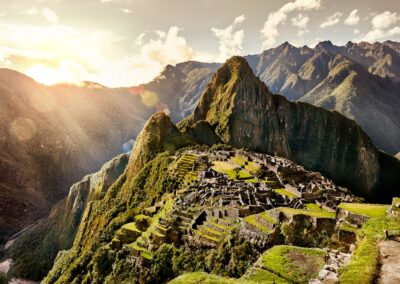
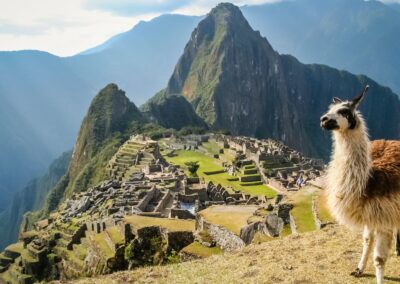
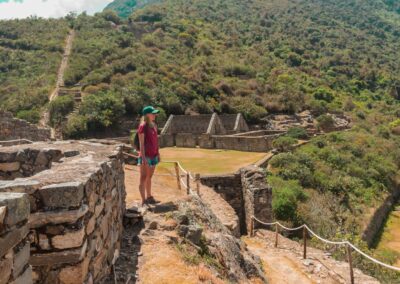
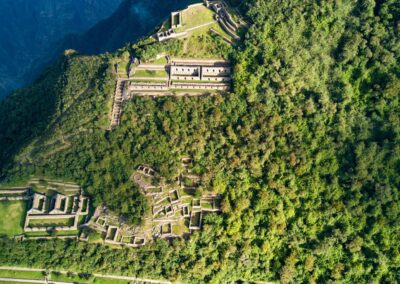
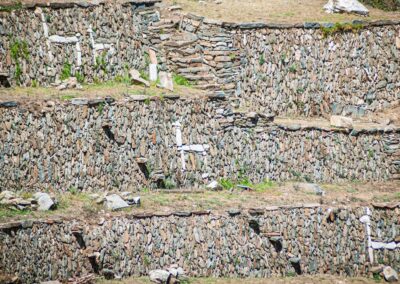
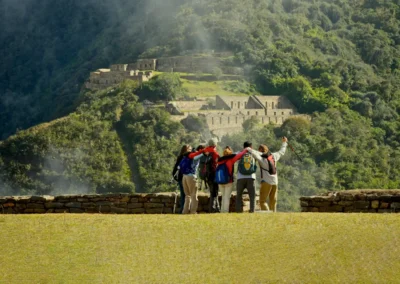
Reviews